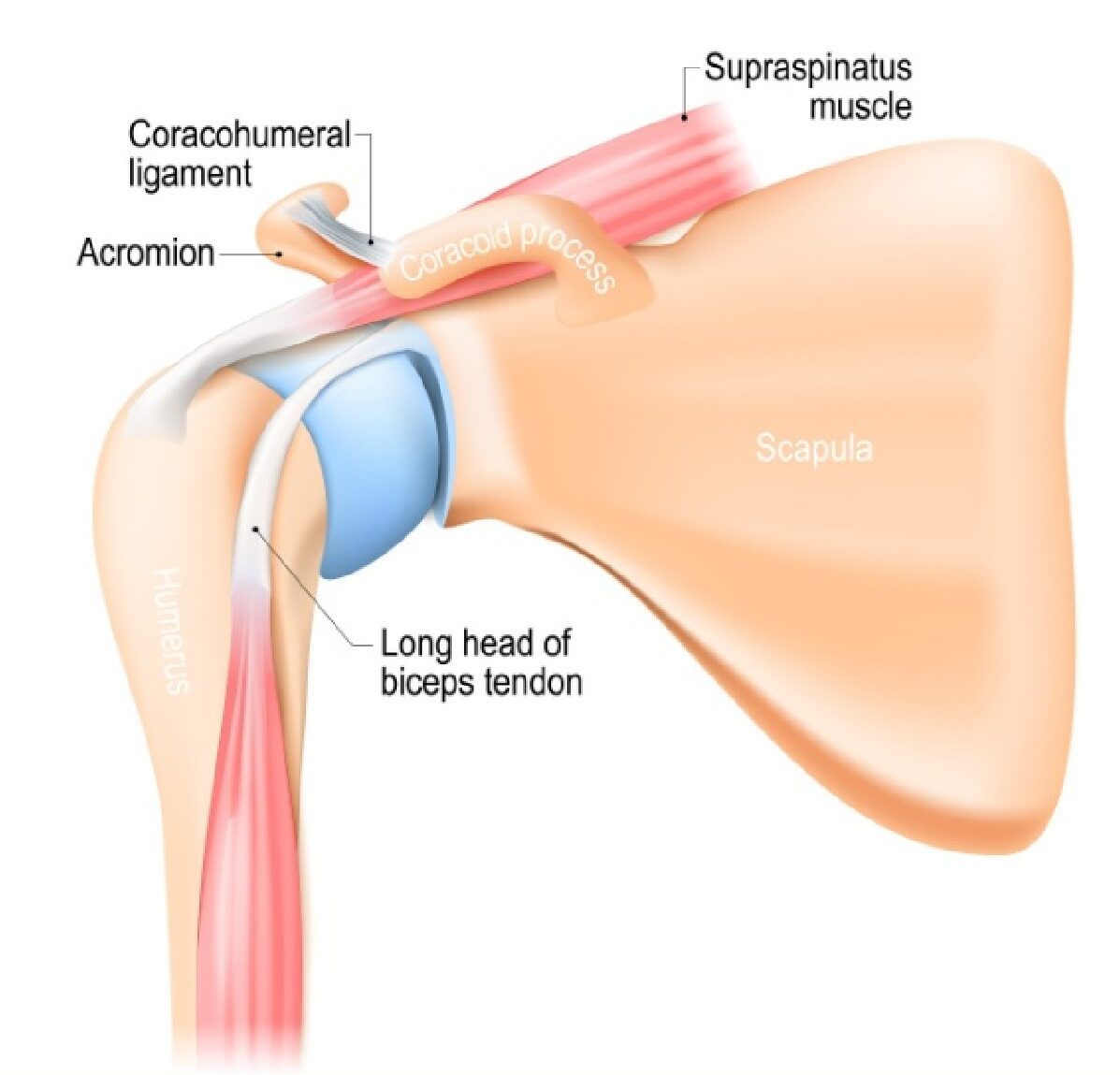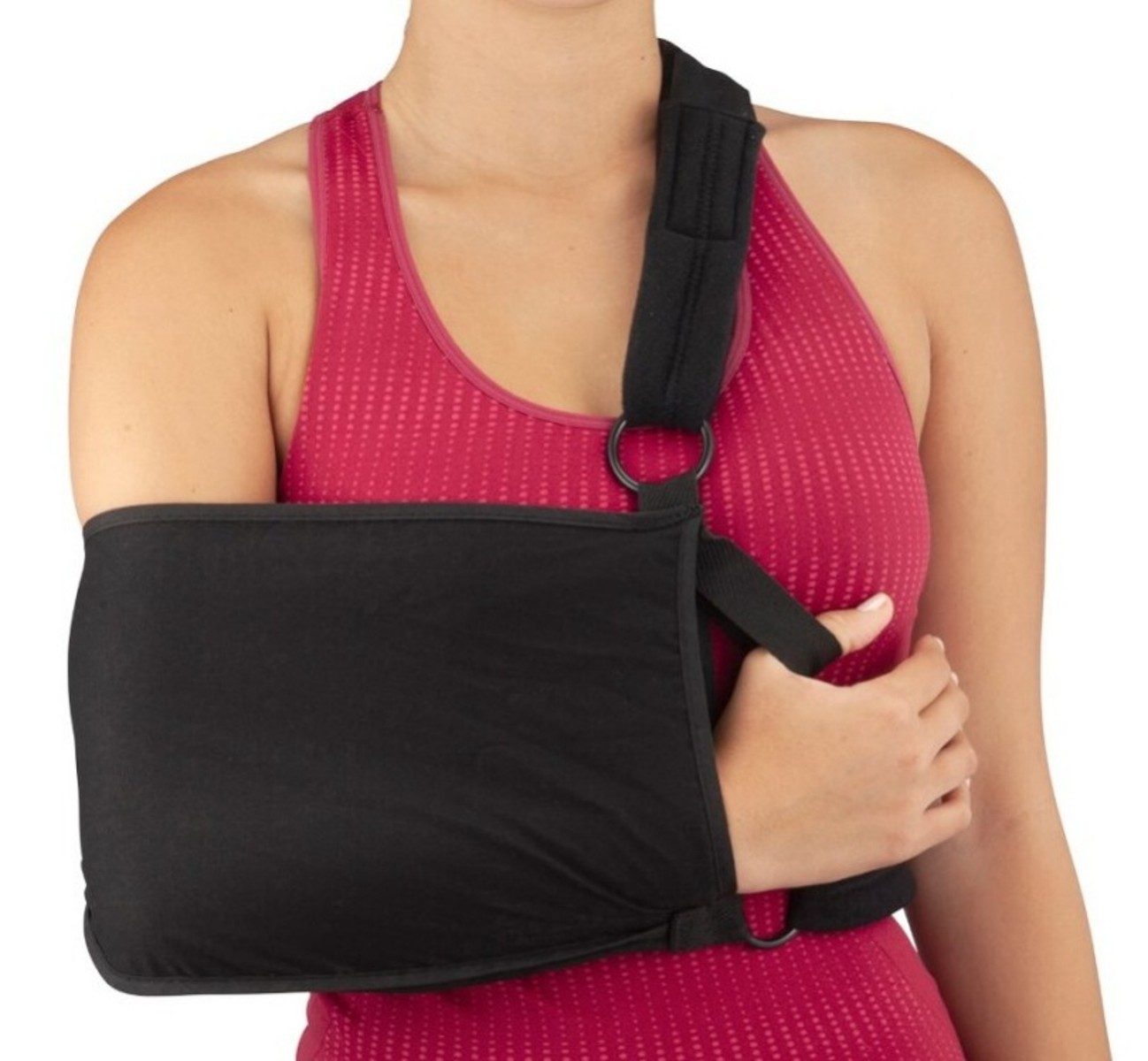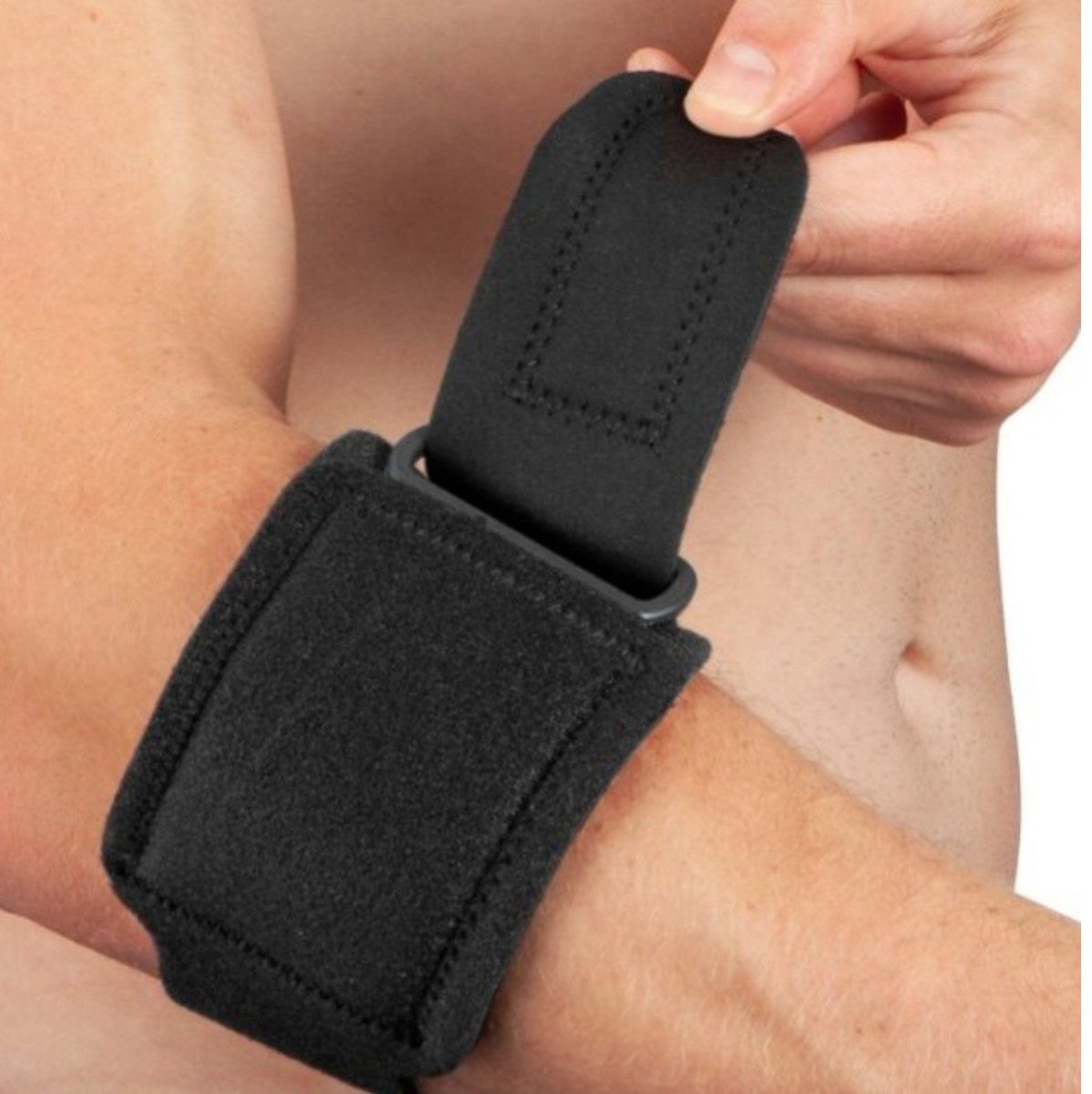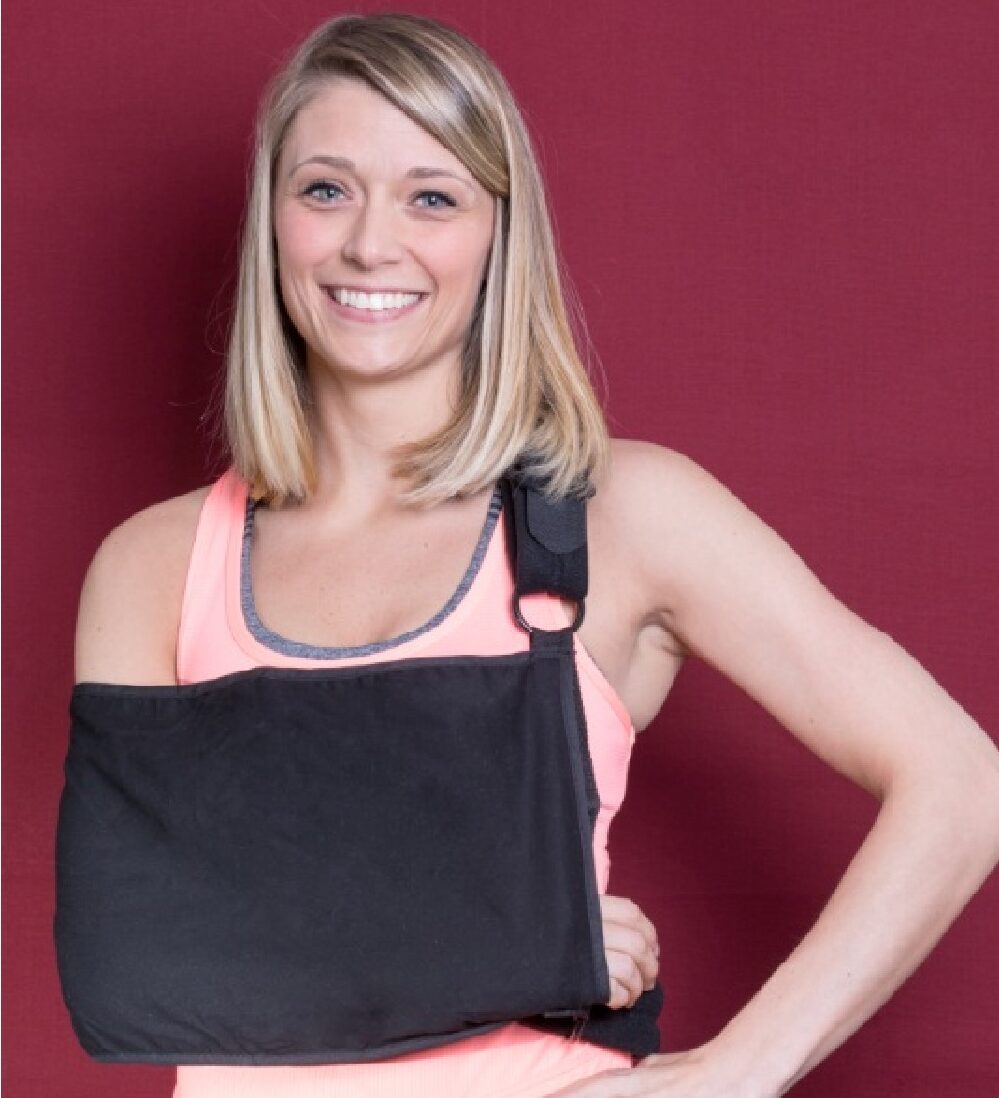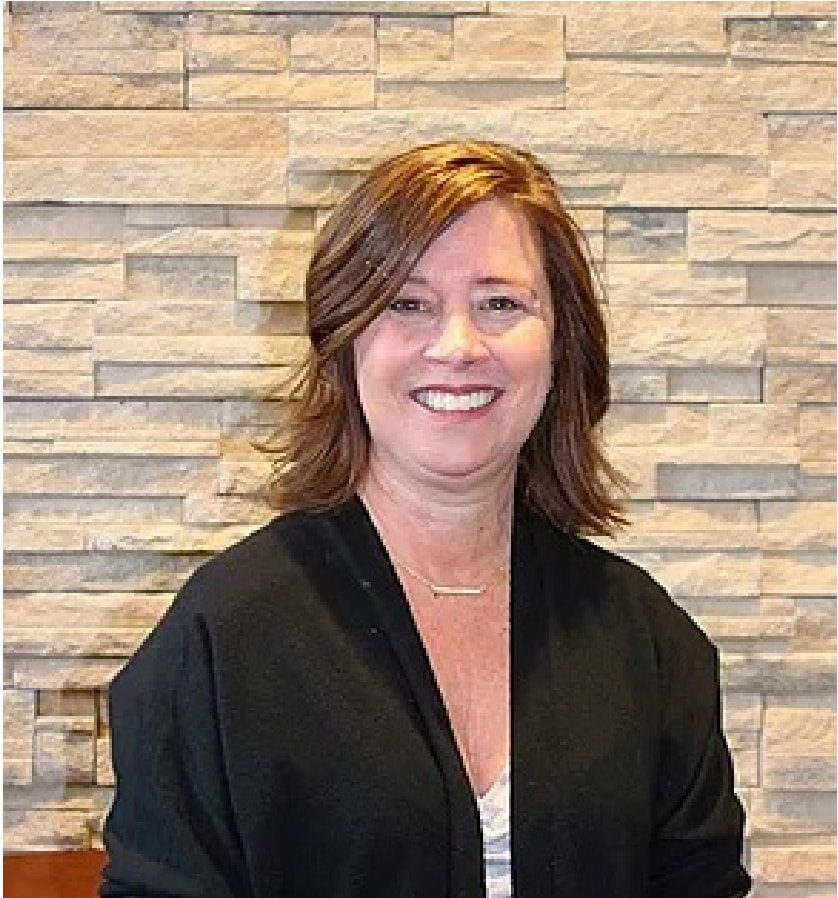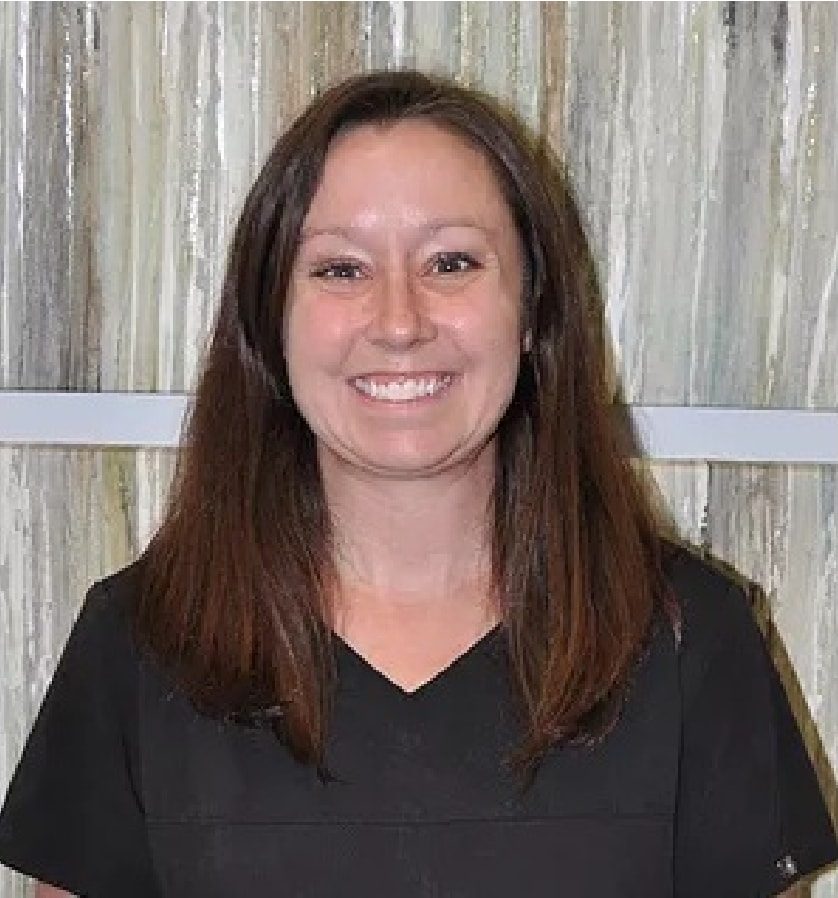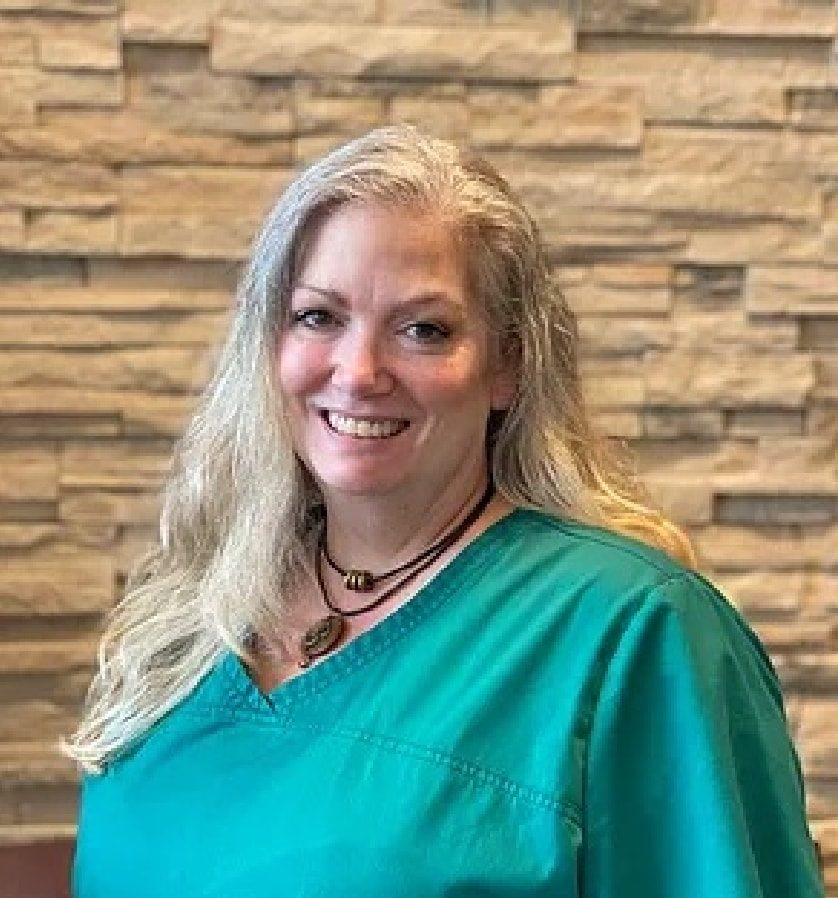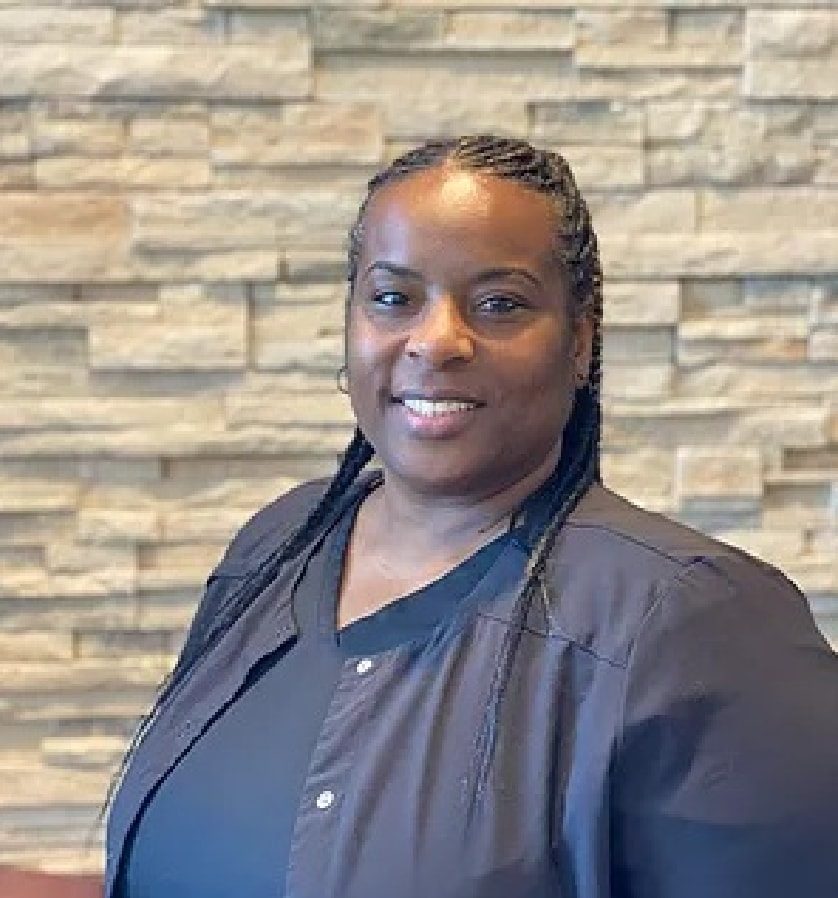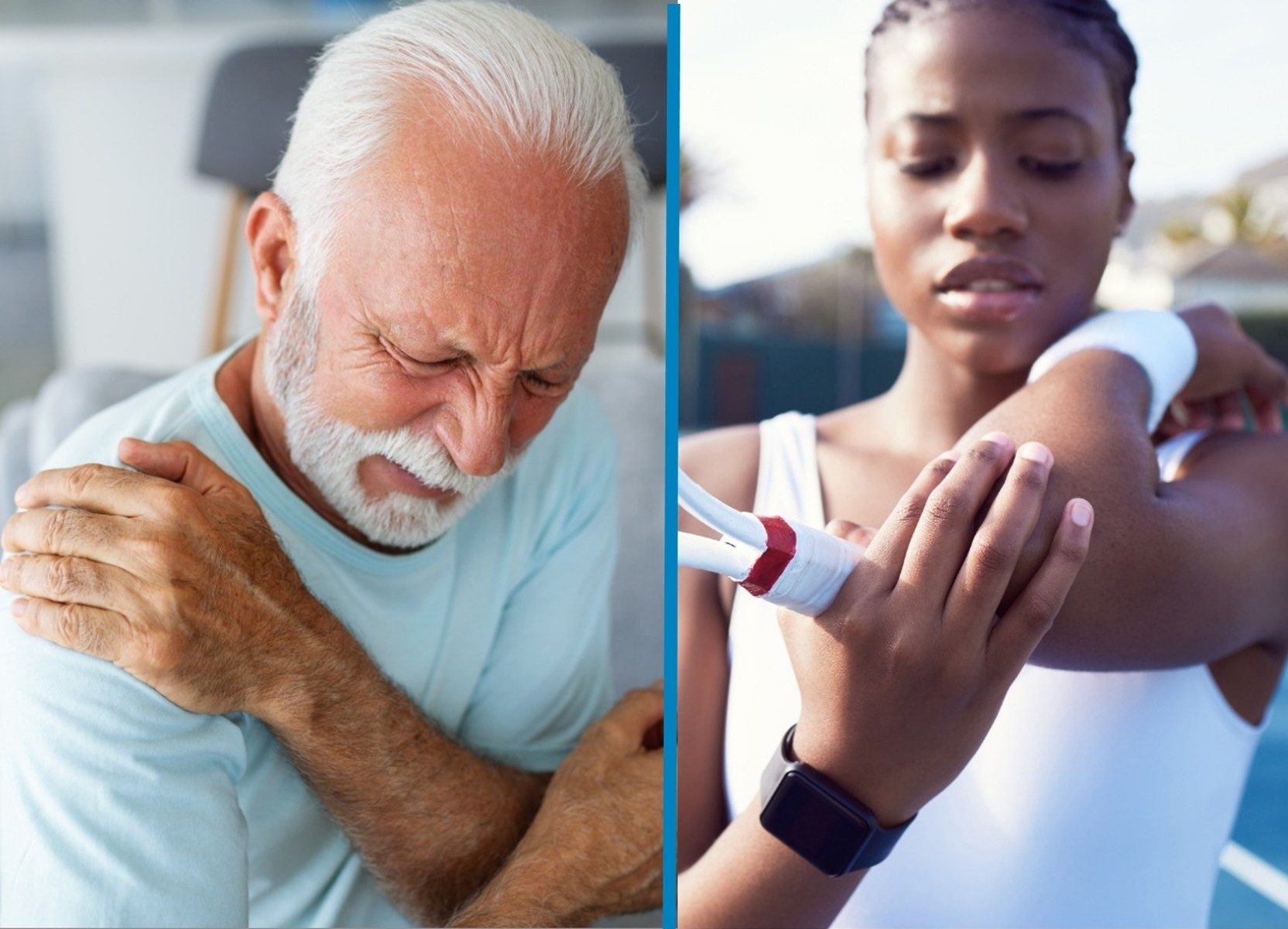
Shoulder & Elbow Injuries
Treated at CPCUC

Orthopedic Products
Immediate Relief and
Treatment for Your Injuries
SHOULDER/ARM SLING
Our supports provide a adjustable
comfortable fit and effective
focused support during
your recovery
ELBOW SLEEVE
Provides immediate pain
relief and support...
Feel Better Faster!
Additional Injuries Treated
at CPCUC
Broken Bones
Broken Bones
Fractures and broken bones always require immediate medical attention. Treatment depends on the location and the seriousness of the break. If you suspect you have a fracture, come in to CPCUC as soon as possible.
Different types of injuries exert force on the bone in different ways, which can result in different types of breaks. While there are numerous types of broken bones, below are some of the most common:
- Simple fracture: The bone breaks into two pieces.
- Stress fracture: Repetitive motion causes a small crack in the bone.
- Closed fracture: The skin remains intact despite a broken bone.
- Open or compound fracture: bone protrudes through the skin.
Normally, broken bones of the hand, wrist, ankle, or foot may be treated at CPCUC. Bone breaks in other areas of the body; rib, sternum, spine, skull, facial, pelvic, lumbar, and multiple body fractures should be treated immediately at the nearest ER.
Our medical team will examine the break and order X-rays to determine the extent, type, and exact location of the break as well as the best treatment option and follow-up care. A fiberglass splint may be used to help immobilize the break and ensure proper healing. To ease discomfort, you can take pain relievers. Depending on the severity of the break, you may use over the counter pain relievers (acetaminophen, aspirin, ibuprofen) or may be prescribed a stronger medication.
Minor Burns
Minor Burns
A burn, even a minor one, can cause a great amount of pain and also do lasting damage if left untreated. At CPCUC, we offer treatment for burns that is available to our patients when they need it. We are open 7-days, when you need us. We offer immediate treatment for 1st and 2nd degree burns from medical professionals to elevate pain and discomfort and lead to fast recovery.
If you have a skin burn, from cooking or chemicals, it’s important that you know when to get professional medical care. Burns range in severity from first degree to third degree, and treatment varies for each type.
First-Degree Burns –– This is the least serious burn in which only the outer layer of skin is burned. First-degree burns can be caused by sunburn, scalding your skin with hot liquid or by coming in contact with electricity. Although some first-degree burns can be treated at home, if the affected area shows any signs of infection or becomes swollen or painful, you or any children should come in to CPCUC.
Second-Degree Burns –– A second-degree burn occurs when the skin has been burned through the first and second layers. This type of burn is very painful and causes swelling, redness and blisters. A second-degree burn requires immediate medical attention.
Third-Degree Burns –– When a burn affects the outer layer of skin, as well as deeper skin layers and the organs below the skin, it is classified as a third-degree burn. In this case, the skin will appear to be black and white and charred. Even though this burn may have less pain (because of the nerve damage), it is crucial that you go to a hospital for treatment.
Lacerations and Wound Care
Lacerations and
Wound Care
A laceration is a cut in the skin. Some lacerations are superficial and can be managed with minor care. If you have aminor laceration, you can take these steps before calling or coming in to CPCUC.
- Wash the cut with mild soap and water.
- Apply pressure with a clean cloth to stop the bleeding.
- Put triple antibacterial ointment and a bandage over the wound.
Other lacerations may require evaluation and repair by a healthcare provider. Wounds are typically inspected for the presence of dirt or other foreign bodies as well as for injuries to important structures such as tendons, muscles, or joints. Injuries involving tendons can be serious and often require a specialist to repair. Deep wounds sometimes need to be closed in layers.
You can expect timely, professional care for your laceration at CPCUC. We’ll assess your wound, and, depending on the level of severity, we’ll apply the needed anesthetics, stitches or sutures, and the appropriate bandage.

